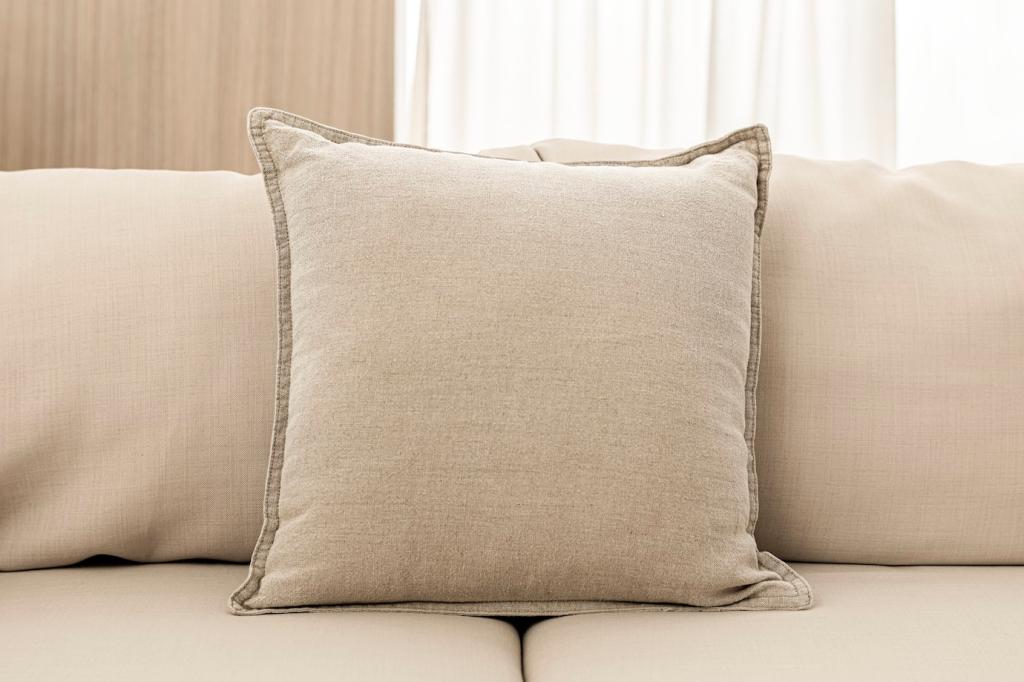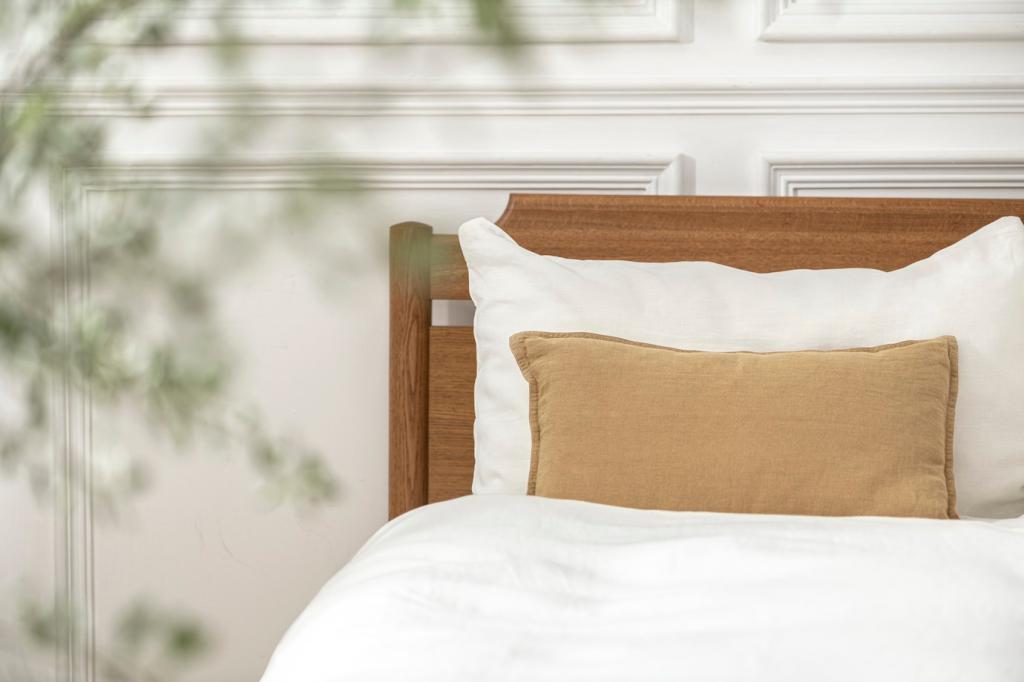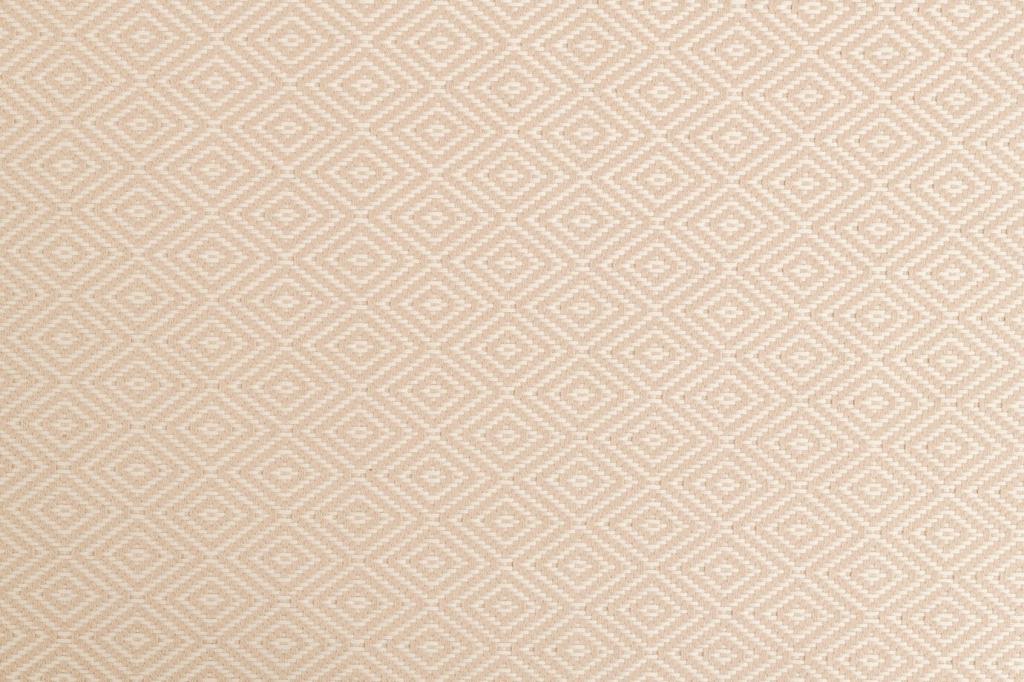Green Architecture and Modern Home Design
Green architecture and modern home design are more than just trends—they represent a conscious shift towards sustainability, efficiency, and harmonious living spaces. This page explores how eco-friendly principles are interwoven with cutting-edge home design to create residences that are both beautiful and environmentally responsible. Whether renovating or building anew, understanding these concepts can help homeowners make informed decisions that benefit both their lifestyles and the planet.


Sustainable Materials Use
Selecting sustainable materials is a hallmark of green architecture, ensuring minimal depletion of natural resources. Materials such as reclaimed wood, recycled metal, bamboo, and eco-friendly concrete have become popular choices. These options often have lower embodied energy and promote healthier interiors through reduced off-gassing and improved air quality. By thoughtfully sourcing and utilizing materials, architects contribute to both responsible forestry and pollution reduction.

Passive Design Strategies
Passive design leverages natural elements like sunlight, wind, and thermal mass to regulate a home’s temperature and reduce reliance on mechanical systems. Techniques such as strategic window placement, thermal insulation, and natural ventilation are vital. These elements are not just environmentally beneficial but also create comfort and well-being for occupants by harnessing the local climate, ultimately leading to decreased energy consumption.

Water Conservation Techniques
Water conservation is central to the ecological principles of green architecture. Modern homes incorporate rainwater harvesting systems, low-flow fixtures, and drought-tolerant landscaping. These strategies save water, reduce utility costs, and alleviate demand on municipal water supplies. By designing for both indoor and outdoor efficiency, architects enable a seamless integration of conservation efforts into daily life.
Modern Home Design Trends

Open and Flexible Spaces
Open floor plans that merge living, dining, and kitchen areas promote a sense of spaciousness and adaptability. Flexible spaces allow homeowners to reconfigure rooms for various purposes, catering to evolving lifestyle demands. This design approach fosters greater social interaction, natural light penetration, and air circulation—all contributing to an uplifting and healthy home atmosphere.

Minimalism and Functionality
Minimalism in modern home design champions the principle that less is more, emphasizing simplicity, uncluttered spaces, and purposeful choices. Through clean lines, neutral color palettes, and carefully selected furnishings, homes become sanctuaries of peace and clarity. This philosophy reduces waste, discourages overconsumption, and ensures that every element serves a meaningful function, making sustainability an inherent trait of the home.

Integration of Nature Indoors
Bringing the outdoors inside through elements like large windows, living walls, and indoor gardens is an enduring aspect of modern design. Biophilic interiors not only enhance the aesthetic appeal but have been proved to boost well-being, productivity, and air quality. By blurring the boundaries between inside and out, homeowners can experience daily connections with nature, which is central to both green architecture and contemporary living.
Energy Efficiency and Smart Technology
High-Performance Insulation and Glazing
Advanced insulation materials and triple-glazed windows dramatically improve a home’s energy profile by minimizing heat loss in winter and heat gain in summer. These solutions create more consistent indoor temperatures, lower utility bills, and contribute to a greener footprint. By prioritizing the thermal envelope, architects ensure that every home protects both its inhabitants and the environment from the extremes of the local climate.


Renewable Energy Solutions
Solar panels, geothermal heating, and other renewable energy systems are now common in modern green homes. These technologies supply clean power, reduce dependence on fossil fuels, and sometimes even generate surplus energy for the grid. With the falling prices and increased accessibility of such solutions, more homeowners can participate in the shift toward a carbon-neutral lifestyle, often aided by financial incentives and tax benefits.
Indoor Air Quality and Healthy Living
Ventilation and Air Filtration Systems
Well-designed ventilation systems draw in fresh air and expel stale, pollutant-laden indoor air, thereby enhancing comfort and health. High-efficiency particulate air (HEPA) filters and energy recovery ventilators (ERVs) further ensure the continuous removal of allergens, gases, and moisture. Incorporating effective ventilation is integral to modern homes, especially those built with airtight envelopes for energy efficiency.
Low-Emission Materials and Furnishings
Selecting paints, adhesives, carpets, and furnishings with low or zero volatile organic compound (VOC) emissions reduces indoor pollution. These materials safeguard against respiratory problems and allergic reactions, creating a safer environment, particularly for children and the elderly. The careful curation of healthy building products illustrates a commitment to both environmental and human health in contemporary design.
Natural Lighting and Daylight Harvesting
Maximizing access to sunlight indoors through well-placed windows, skylights, and light wells supports both visual comfort and psychological well-being. Daylighting reduces reliance on artificial lighting, thereby conserving energy and fostering a biophilic environment. Advanced daylight harvesting systems can automatically adjust electric lights based on natural light levels, blending sustainability with user experience.
Eco-Friendly Landscaping and Outdoor Spaces
Choosing native plants for landscaping ensures that gardens and yards thrive with minimal water and chemical input. These species are naturally adapted to local climate and soil conditions, requiring less maintenance and supporting local pollinators and ecosystems. The use of native plants reflects a deep respect for local biodiversity and the broader environment.

The Role of Architecture in Climate Change Mitigation
Lowering the demand for energy in homes is crucial in mitigating greenhouse gas emissions. Strategies such as compact building shapes, optimized orientation, and the integration of passive and active technologies reduce the need for heating, cooling, and lighting. Such measures help decouple residential comfort from fossil fuel dependence, significantly benefiting the environment.


Initial costs for green materials and technologies may surpass those of traditional alternatives, presenting hurdles for some projects. However, government incentives, utility rebates, and long-term savings often offset these expenses. As demand grows, economies of scale and innovation continue to lower costs, making eco-friendly homes increasingly attainable.

Building codes and certification programs such as LEED, WELL, or Passive House set important standards for green building performance. Navigating these requirements can be complex but ultimately assures quality and accountability. Certifications also add value to properties and inform buyers about the environmental features and health benefits of their homes.

Widespread adoption of green design requires cultural shifts and increased awareness among homeowners, builders, and policymakers. Education campaigns, demonstration projects, and transparent communication about the benefits of sustainable homes are vital. By inspiring others and sharing success stories, early adopters and professionals can drive the movement towards greener, healthier housing.
